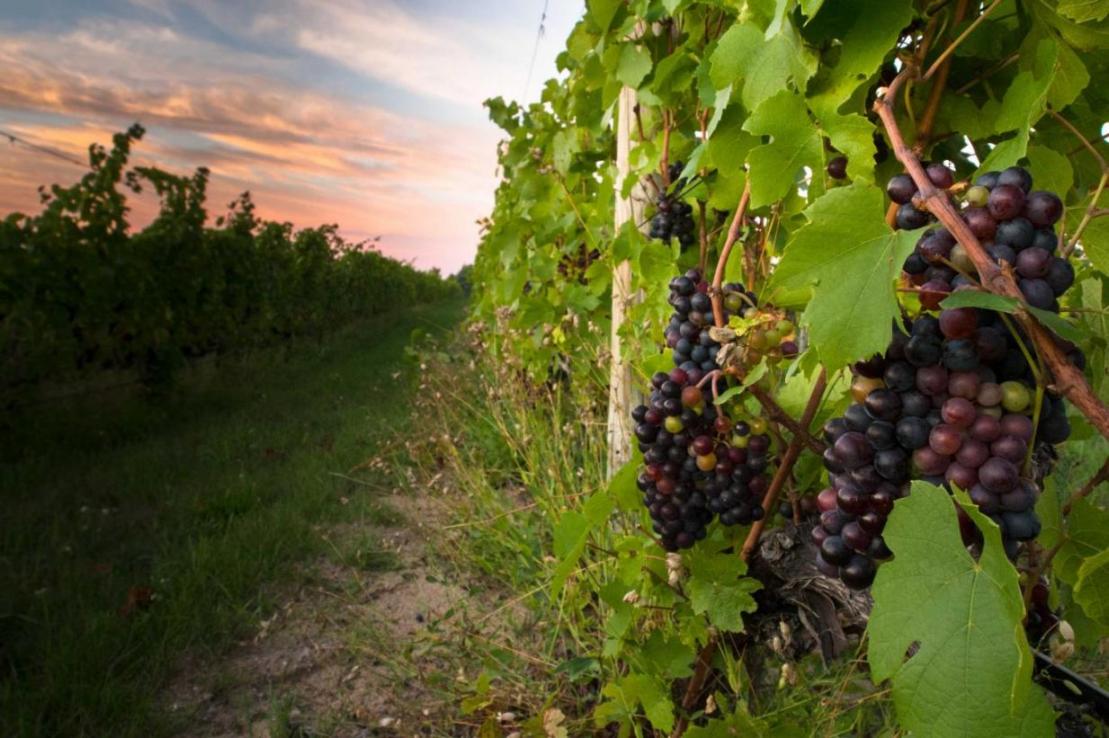Grapes may not be as popular as oranges or apples but they have their own fans among Iranians.
To grow grapevines, most vineyards in Iran employ a traditional method in which the plant is laid upon the surface and grown in garden soil. The method makes the plant vulnerable to heavy showers of rain and hail, which would consequently inflict considerable damage to farmers.
This has prompted agriculture experts and researchers to work out a new technique in growing grapes called “Faraz Plan” - the vertical training of grapevines. In this method, grapes are trained upward on trellis or over arches and need very little space if pruned carefully and kept under control.
The city of Takestan in Qazvin Province is the frontrunner in the employment of the new method, Forsat-e Emrooz reported.
Some believe that despite the vast areas under the cultivation of grapes, Iran’s performance is not satisfactory when it comes to the quality of grapes and that the costs of growing the fruit sometimes call into question its economic viability.
Experts say the traditional cultivation method is to blame. Heavy water consumption, low productivity and high costs of labor as well as the low quality of the harvest are among the disadvantages of the traditional method.
The vertical training of grapevines is mostly employed by leading producers such as Italy, Spain, France, the US and Turkey. The advantages of training the grape plants with the rising system are low costs of labor thanks to the use of agriculture machines, better control of pests and lower risks of the harms resulting from heavy rains.
Currently, around 10,000 hectares of orchards have switched to the new method and as the advantages of this method come to light, more and more farmers mull over changing their systems.
“Implementation of Faraz Plan costs around 150 million to 200 million rials per hectare (about $5,000 to $6,670),” the director general at Cold Climate Fruits Department at the Ministry of Agricultural Jihad said.
“More than 80% of the sum are paid by the government and the rest should be covered by farmers.”
Mechanization will be institutionalized by the implementation of the plan, Ramezan Rouintan added. “In the traditional method all stages of grape growing are manual. The new method draws on tractors and other agricultural tools and equipment for pruning and the application of pesticides.
Iran’s total production of grapes hovers around 2.8 million tons or 34.5 kg per person per annum.
Around 640,000 tons of the grapes are converted to raisins and consumed domestically or exported. Iran is among the top ten producers of raisins in the world. The past Iranian year (ended March 20) saw exports of 11,768 tons of grapes worth $9.09 million to more than 15 countries, including Russia, Ukraine, Kazakhstan, the UK, Afghanistan, Iraq, Germany and the Persian Gulf littoral states. Raisin exports stood around 113,300 tons worth $296.29 million in the same period.


